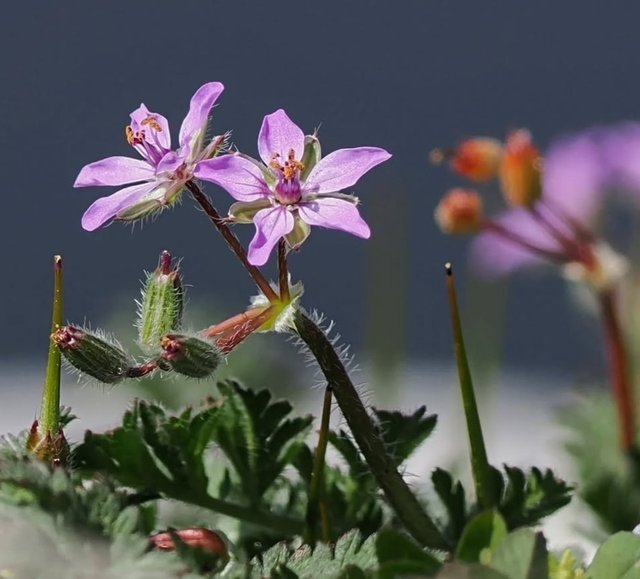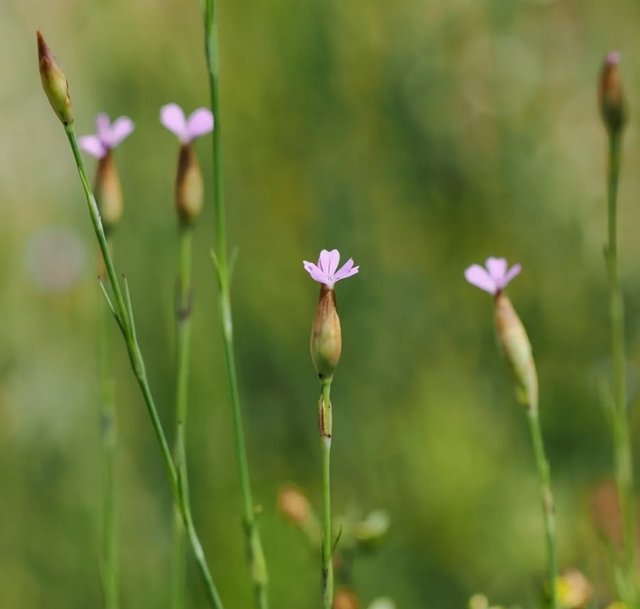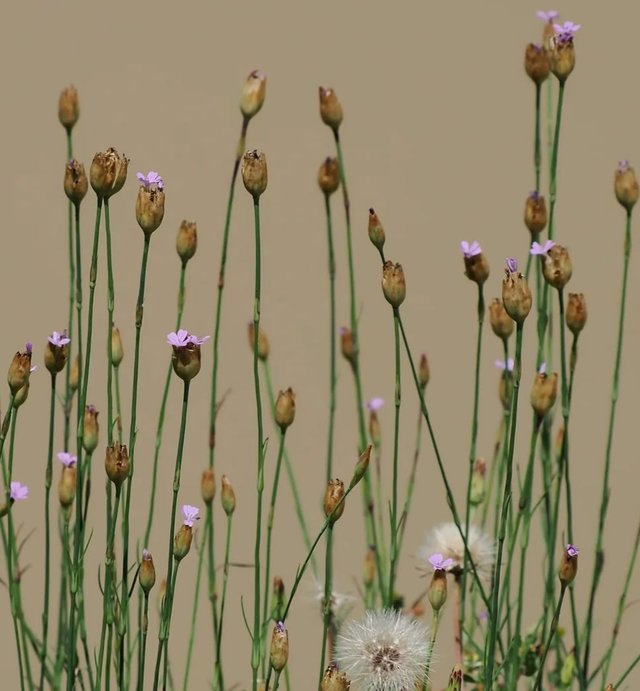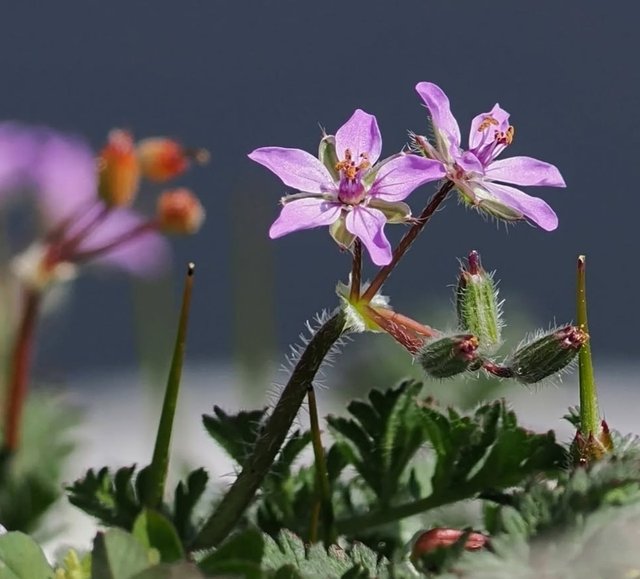Amazing Colour Musk Stork's-Bill Flower
Musk Stork’s-bill: A Fragrant Wildflower with a Global Journey
Musk Stork’s-bill, scientifically known as Erodium moschatum, is a charming and somewhat underappreciated member of the geranium family. With its delicate pink to purple flowers, softly feathered leaves, and unique seed dispersal mechanism, this plant has quietly made its way across continents, thriving in a wide variety of habitats. Its subtle beauty, adaptability, and interesting ecological role make it a fascinating subject for botanists, gardeners, and nature lovers alike.
Botanical Profile
Common Names: Musk Stork’s-bill, Musky Heron’s Bill, Whitestem Filaree
Scientific Name: Erodium moschatum
Family: Geraniaceae
Origin: Native to the Mediterranean region
Type: Annual or biennial herbaceous plant
Musk Stork’s-bill gets its name from the long, beak-like shape of its seed pods (resembling a stork’s bill) and its pleasant musky scent, especially noticeable in warm weather. It shares its genus, Erodium, with other stork’s-bills, and is closely related to geraniums and cranesbills.
Appearance and Growth Habit
This plant typically grows low to the ground, forming a rosette of leaves that are finely divided, giving them a fern-like appearance. The leaves are covered in soft hairs and emit a musky fragrance when crushed. In bloom, Erodium moschatum displays five-petaled flowers in shades of lilac, pink, or purple, often with darker veining to guide pollinators.
Its slender, upright seed capsules spiral as they dry, helping to twist the seed into the ground—a brilliant example of nature’s ingenuity in seed dispersal. The seeds themselves are equipped with a long awn that coils and uncoils with humidity, driving the seed into the soil like a screw.
Distribution and Habitat
Although native to the Mediterranean, Musk Stork’s-bill has become naturalized in many parts of the world, including North and South America, Australia, New Zealand, and parts of Asia. It tends to thrive in disturbed areas—roadsides, pastures, grasslands, and urban spaces.
Its ability to grow in compacted, poor, or dry soils makes it a resilient colonizer. However, in some regions, it’s considered an invasive species due to its aggressive growth habit.
Thanks For Reading
Device Information
| Device | cannon eos 700D |
|---|---|
| Lens | 55-250 zoom leans |
| Location | Bangladesh |




